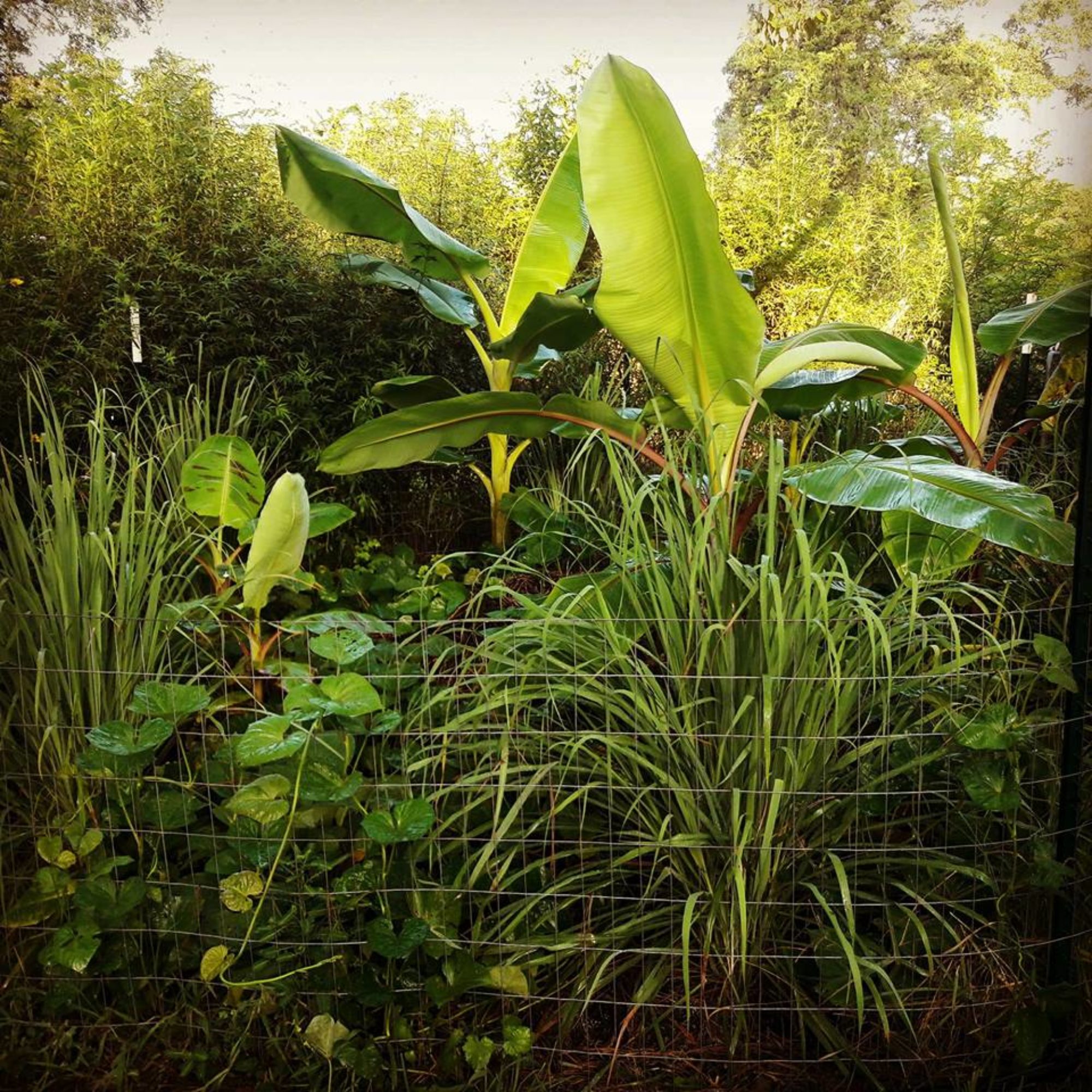Intro
Moringa is an age old plant with many benefits and many nicknames, one of which is The Tree of Life! This is NOT an herb so you may wonder why I am including this in my series, All About Herbs. Well, I am going to treat this as an herb because of the way we use this tree and the benefits it has in the garden and to humans.
Moringa is called the Tree of Life because is can grow in arid climate, can be grown very easily and cheaply, is full of nutrients and retains those nutrients even when dried. Every part of moringa can be used including the leaf, flower, seed pod, oil, bark and root! It is not recommended to consume the bark or root if pregnant as they contain alkaloids that have abortive effects.
Also known as The Miracle Tree, so named during the food crisis in Africa, moringa provides a great range and huge amount of essential proteins, vitamins (A, B1, B2, B3, B6 and C) and minerals (calcium, poassium, iron, magnesium, phosphorus and zinc). It is a good source of amino acids as well. It is very low in fats and has no harmful cholesterol.
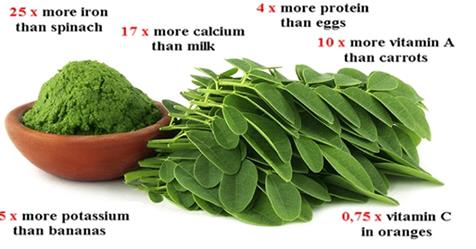
The tree is also rich in antioxidants kaempferol, caffeoylquinic acid, zeatin, quercetin, rutin, chlorogenic acid, and beta-sitosterol.
Personally, we love this tree and have planted a dozen or so on our small 1/3 acre property.
Types of Moringa
Moringa oleifera is the main type of moringa. There are 13 other varieties of moringa that are also in the Moringacae family, and they are all a fantastic choice, but oleifera is the most nutritious, medicinal and recovers better from the cold than all others.
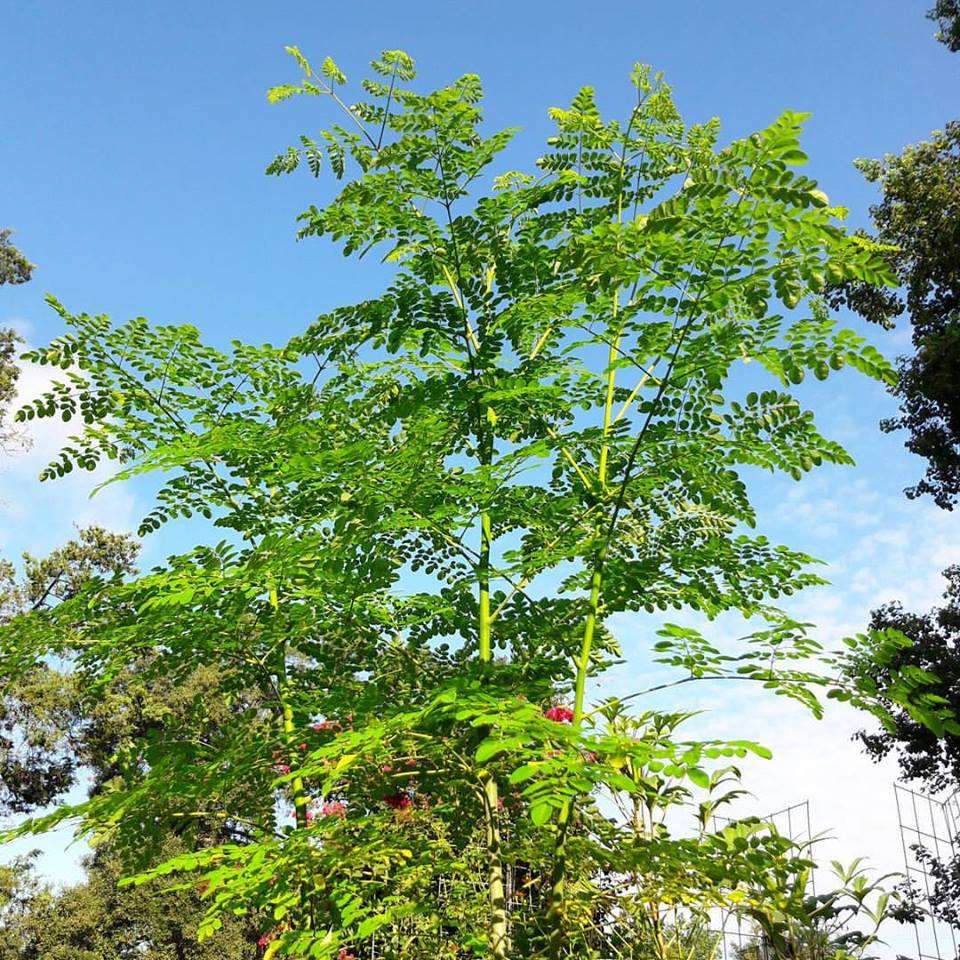
Uses in Medicine
- Treats Edema – research shows to be as potent as the medicine indomethacin!
- Protects the Liver – This is due to the presence of many phytochemicals.
- Protects against damage caused by anti-tubercular drugs and speeds recovery.
- Restores levels of glutathione to prevent radiation-induced hepatic-lipid peroxidation.
- Treats Stomach Disorders
- Constipation
- Gastritis
- Ulcerative colitis.
- Inhibits growth of bacterial pathogens such as
- H-pylori
- Coliform
- Aids digestion
- Converts food into energy rather than fat
- Skin & Hair Care
- Seed oil is effective against herpes simplex virus.
- Prevents wrinkles and slows down aging due to hydrating and detoxifying properties
- Protects skin cells from damage caused by heavy metals due to the high protein content
- Protects hair against UV radiation harm
- Scalp conditioner
- Strengthens hair roots
- Stimulates hair growth
- Antimicrobial Properties protects us from:
- Antibacterial –
- Salmonella
- Rhizopus
- E. Coli
- Enterobacter
- Staphylococcus and many more
- Antifungal –
- Aspergillus
- Penicillium
- Antibacterial –
- Cures Cancer
- Chemopreventative properties due to the presnce of the phenolic compounds quercetin and kaempferol.
- The bioactive compound niazimicin restrains the development of cancer cells.
- Treats Neuro-degenerative diseases
- Improves bone health
- Boosts Immunity
- Immosuppressive properties
- Protects Cardiovascular System
- Treats Diabetes
- Treats Asthma
- Prevents Stone Formation
- Protects Kidneys
- Heals wounds
- Reduces Hypertension
- Improves Eye Health
- Treats Anemia & Sickle Cell Disease
- Treats Depression, Anxiety and Fatigue
- Regulates thyroid hormones
- Anti-epileptic
This is quite an exhaustive list, thanks mostly in part to a website called Organic Facts. I am not at all surprised by the above list and knew of many of these, although some came as a surprise. They have studies linked for each claim so you can read the actual studies, rather than just take their word for it!
Herbal Actions:
To learn more about herbal actions, click here.
- Antianemic
- Antidiabetic
- Antidiarrhetic
- Antifungal
- Anti-infammatory
- Anitoxident
- Antirheumatic
- Aphrodisiac
- Astringent
- Antiseptic
- Antibacterial
- Galactagogue
- Hypotensive
- Tonic
Recipe!
The easiest way to use moringa is simply to cut off a branch, strip the leaves and throw it into a salad, stir-fry or smoothie! It’s that simple! If you want to take in more moringa than is easy to obtain through food sources, simply dry and grind the leaves or flowers. The dry powder can be put into a pill case and swallowed like a supplement.
Uses in the Edible Landscape
When I first heard about moringa, I ordered seeds and waited 2 months for them to arrive from Africa. After finally making it through customs and arriving at my door, I planted them into starter pots and watered. Amazingly, I had a 100% germination rate and all seedlings became nice, healthy trees! I had not really heard of any uses in the garden but I knew I wanted them as a heat loving salad ingredient as well as for the perennial greens they’d produce. Let me tell you, though, they have a couple of fantastic uses in the garden!
The first use for moringa in the garden is shade. I know, that sounds a bit crazy. Don’t we usually want full sun so our garden thrives? Not really. Here is the south, we get very hot days with strong sun. While a seed packet might say to plant in full sun, I’ve come to find these seed packets must have been printed north of the Mason-Dixon line.
Moringa, with its small leaves and thin branching structure provides and nice dappled shade that will help cool, while also allowing enough light to reach the garden floor. In the even that you start getting too much shade, simply remove a few branches and eat them!
The other amazing benefit in the garden comes from the growth hormone, Zeatin. This growth hormone has been reported to increase 25-30% for nearly all crops! There are a couple of ways to utilize this benefit. The first is simply to chop excess foliage from the tree and drop it as mulch on surrounding plants. This is a much easier method but may take a bit to be effective.
The next way to get this benefit is with a foliar feeding of liquid extract. For this, crush the leaves and stems and soak in a water solution for several days to a week and extract the chemicals making sure the solution does not go anaerobic. Then spray on foliage of plants when temps are below 80 degrees and there is no rain forecast for the next 12 hours or so.
Another benefit of having a tree in the garden is climbing support. You can plant things such as cucumbers or sweet potatoes to grow up the tree instead of installing other support structures.
How to Grow!
Growing moringa is super easy!
Planting
Plant the seed directly in the ground or in a container you would like to keep it in. Try not to start the seeds in small pots as it grows quickly and could easily become root bound, therefore stunting the growth of the tree.
Moringa will tolerate just about any soils from sandy to clay but it will NOT tolerate waterlogged soils so make sure wherever you plant it is free draining. What I said earlier about full sun does not apply here! Moringa loves the heat. It will tolerate part shade, but will grow much slower. Plant in the sunniest location if possible.
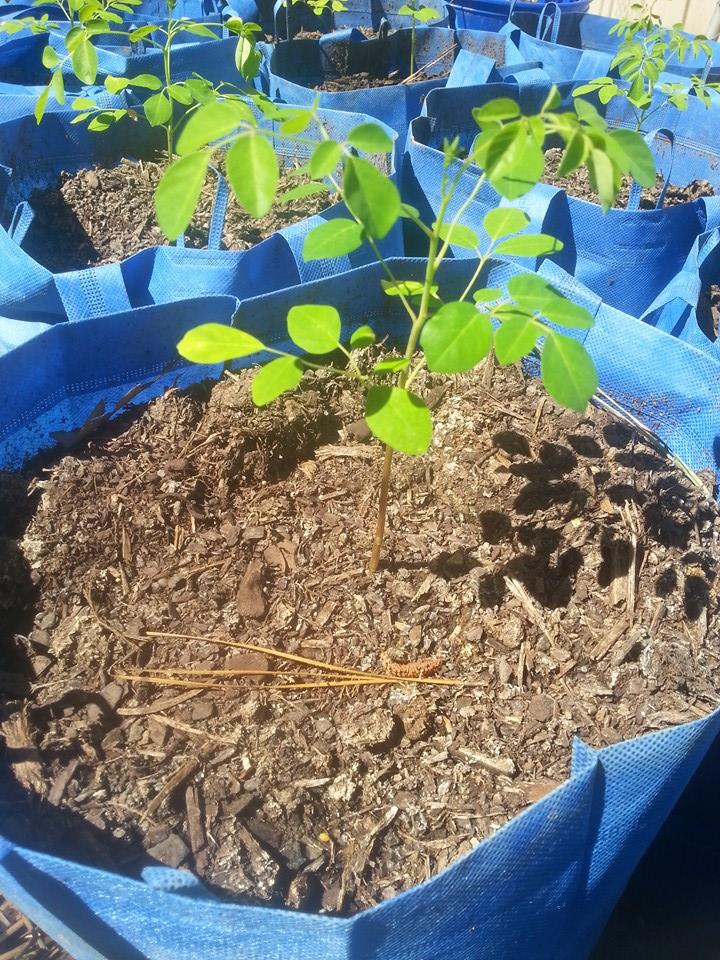
Care
Moringa is hardy and needs little care. Once planted, make sure it stays watered until it’s established. Once established, it is drought tolerant and needs very little nutrient. I never fertilize and get great growth.
It is not cold hardy, however, so in winter you have 2 choices. Either let it do it’s thing and die back to the roots. Mulch it well and it will return the next spring. The other option is wrap the trunk to protect from the freeze. Cut back all foliage and dry to store. As stated above, this will not affect the nutrient levels. Once the freezing temps are over, unwrap the trunk and allow to regrow. This will end up in having a bigger tree next year.
Harvest
Cut and use whenever you’d like.
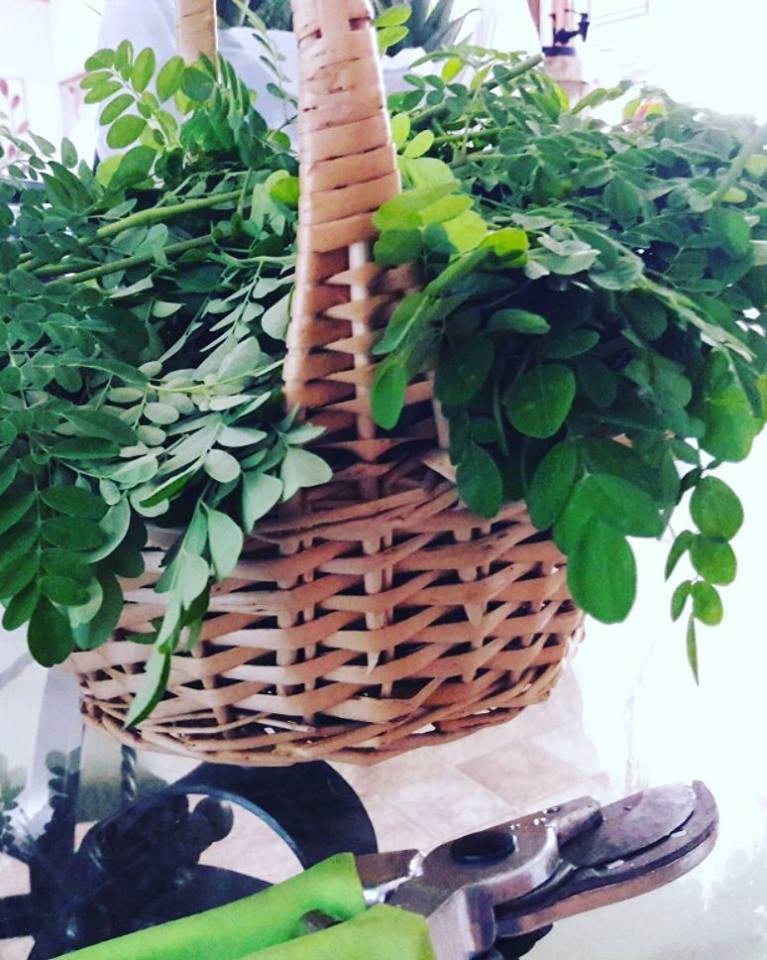
Post Harvest – Curing & Storage
No curing required. Dry in a non-humid environment in either a cool or warm environment. You can also use a dehydrator or oven on warm with the door cracked open if you’d like to speed up the process.
[TheChamp-FB-Comments]
